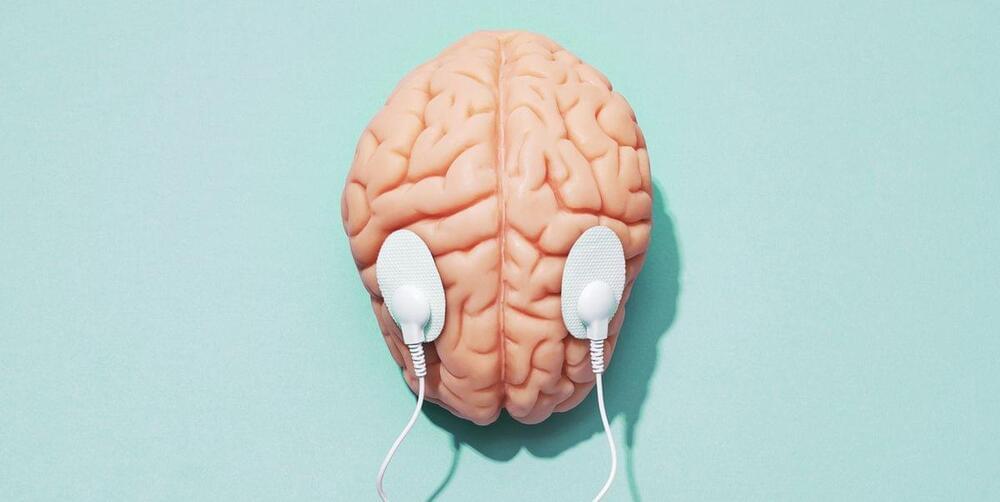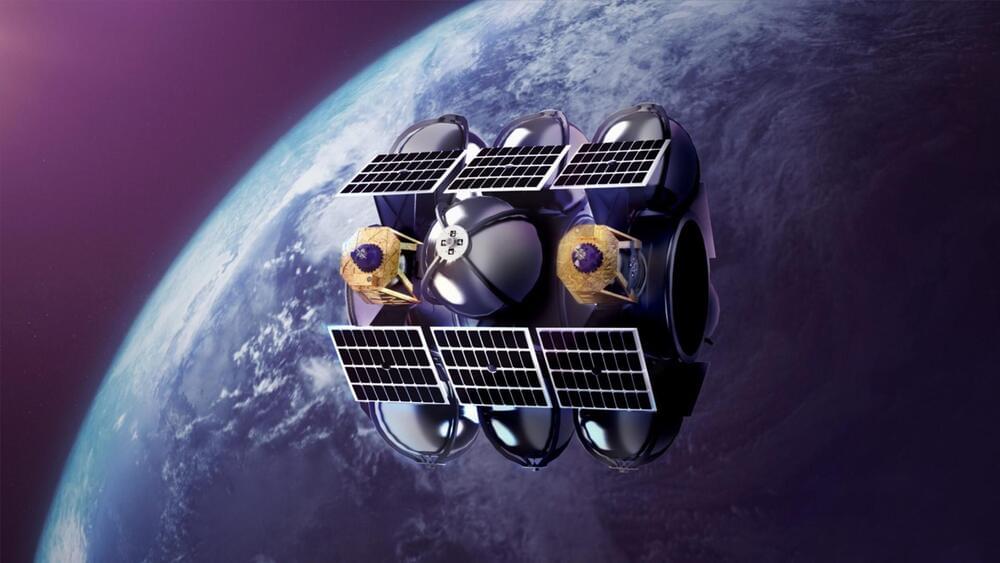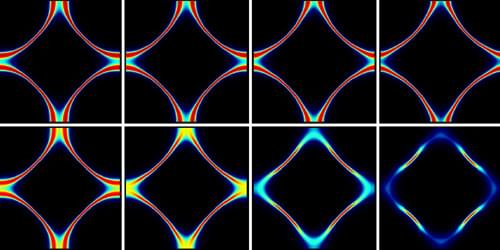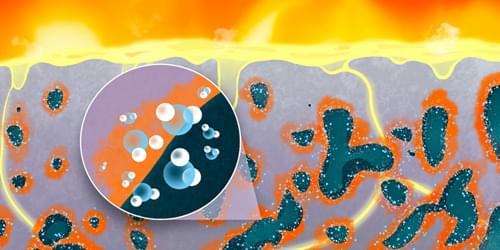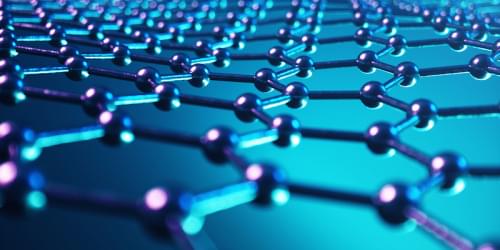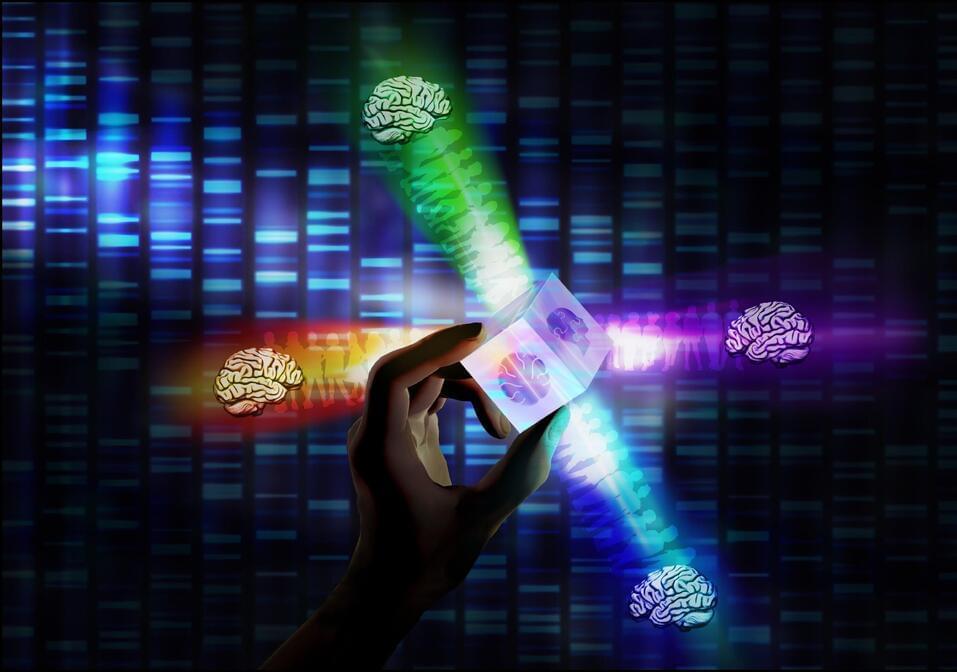Page 2782
Apr 21, 2023
Google consolidates AI research divisions into Google DeepMind
Posted by Gemechu Taye in category: robotics/AI
As Google looks to maintain pace in AI with the rest of the tech giants, it’s consolidating its AI research divisions.
Today Google announced Google DeepMind, a new unit made up of the DeepMind team and the Google Brain team from Google Research. In a blog post, DeepMind co-founder and CEO Demis Hassabis said that Google DeepMind will work “in close collaboration… cross the Google product areas” to “deliver AI research and products.”
As a part of Google DeepMind’s formation, Google says that it’ll create a new scientific board to oversee research progress and the direction of the unit, which will be led by Koray Kavukcuoglu, VP of research at DeepMind. Eli Collins, VP of product at Google Research, will join Google DeepMind as VP of product, while Google Brain lead Zoubin Ghahramani will become a member of the Google DeepMind research leadership team, reporting to Kavukcuoglu.
Apr 21, 2023
China tests super accurate AI-powered artillery, SCMP claims
Posted by Gemechu Taye in category: military

The People’s Liberation Army (PLA) has successfully tested long-range artillery that can hit a bullseye from almost 10 miles away, says report.
According to the South China Morning Post (SCMP), China has tested an AI-powered, long-range artillery piece that is so accurate, it could hit a single person from 9.95 miles (16 km) away.
Continue reading “China tests super accurate AI-powered artillery, SCMP claims” »
Apr 21, 2023
Startup raises $28.5 million to construct gas stations in space that can refuel satellites
Posted by Gemechu Taye in categories: innovation, satellites
One of the most difficult issues in space exploration is extending the lifespan of satellites. Even if the satellite’s system is operational, it can run out of fuel and become defunct.
Enter Orbit Fab. This startup is working on an innovative solution to make satellites reusable by developing gas stations in space to refuel them. We had written about them in 2021.
Apr 21, 2023
Hollywood Panicking Over the Rise of Generative AI
Posted by Kelvin Dafiaghor in category: robotics/AI
Not only does generative AI threaten originality in art, as some argue, it undeniably makes who gets the credit for intellectual property a lot murkier.
Apr 21, 2023
This Is Extraordinary: Gravity Can Create Light, All on Its Own
Posted by Shailesh Prasad in categories: cosmology, physics
Right after the Big Bang, gravitational waves may have built on each other to create huge standing waves of gravitational energy.
Apr 21, 2023
Palladium Oxides Might Be Superb Superconductors
Posted by Saúl Morales Rodriguéz in category: materials
Calculations motivated by the successful prediction of the nickelate phase diagram suggest that palladates might hit the sweet spot for high-temperature superconductivity.
Apr 21, 2023
A Cleaner Route to Steel Production
Posted by Saúl Morales Rodriguéz in categories: chemistry, materials
Researchers have investigated how pores in a solid change its chemical reactions with other materials. The result could make steel production more environmentally friendly.
Apr 21, 2023
A New Card up Graphene’s Sleeve
Posted by Saúl Morales Rodriguéz in categories: materials, quantum physics
Graphene is found to exhibit a magnetoresistance dwarfing that of all known materials at room temperature—a behavior that may lead to new magnetic sensors and help decipher the physics of strange metals.
One might expect that, two decades after its discovery, graphene would have exhausted its potential for surprises. But the thinnest, strongest, most conductive of all materials has now added another record to its tally. A collaboration that includes graphene’s codiscoverer and Nobel laureate Andre Geim of the University of Manchester, UK, reports that graphene can have a room-temperature magnetoresistance—a magnetic-field-induced change in electrical resistivity—that’s 100 times larger than that of any known material [1]. Graphene’s giant magnetoresistance could lead to novel magnetic-field sensors but also offer an experimental window into exotic quantum regimes of electrical conduction that might be related to the mysterious “strange metals.”
Magnetoresistance, which occurs both in bulk materials and multilayer structures, found a killer app in magnetic-field sensors such as those used to read data from magnetic memories. Researchers have long been interested in the limits of this phenomenon, which has led to discoveries of “giant,” “colossal,” and “extraordinary” forms of magnetoresistance. The associated materials exhibit resistivity changes of up to 1,000,000% when exposed to magnetic fields of several teslas (T). The largest effects, however, require extremely low temperatures that can only be reached with impractical liquid-helium cooling systems.
Apr 21, 2023
Exploring the mechanisms underpinning individual differences in autism spectrum disorder using machine learning
Posted by Saúl Morales Rodriguéz in categories: biotech/medical, robotics/AI
Autism spectrum disorder (ASD) is a developmental disorder associated with difficulties in interacting with others, repetitive behaviors, restricted interests and other symptoms that can impact academic or professional performance. People diagnosed with ASD can present varying symptoms that differ in both their behavioral manifestations and intensity.
As a result, some autistic individuals often require far more support than others to complete their studies, learn new skills and lead a fulfilling life. Neuroscientists have been investigating the high variability of ASD for several decades, with the hope that this will aid the development of more effective therapeutic strategies tailored around the unique experiences of different patients.
Researchers at Weill Cornell Medicine have recently used machine learning to investigate the molecular and neural mechanisms that could underlie these differences among individuals diagnosed with ASD. Their paper, published in Nature Neuroscience, identifies different subgroups of ASD associated with distinct functional connections in the brain and symptomatology, which could be related to the expression of different ASD-related genes.
